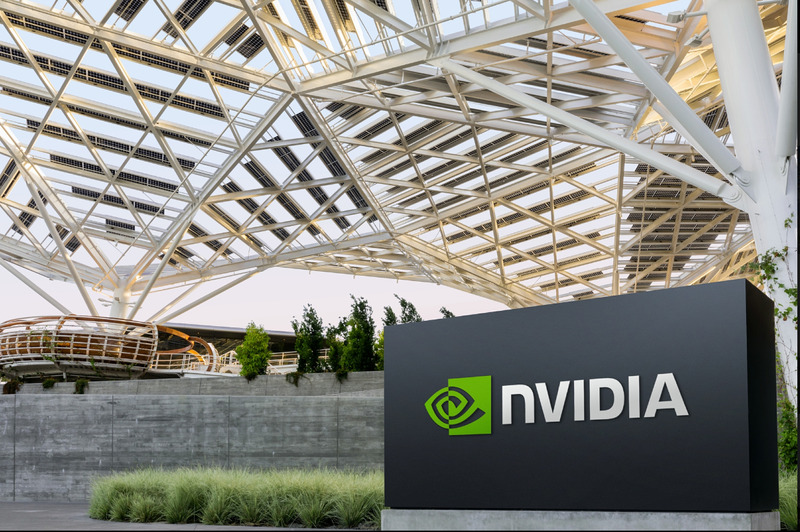Nvidia has once again posted blockbuster earnings, reporting revenue of $46.7 billion for the second quarter of fiscal 2026, a 6% increase from the previous quarter and a 56% rise year-over-year. The results, released late Wednesday, are being closely watched as a gauge for the global AI industry and broader equity markets.
Earnings at a Glance
• Revenue: $46.7 billion (+6% quarter-over-quarter, +56% year-over-year)
• Data Center revenue: $41.1 billion (+5% quarter-over-quarter, +56% year-over-year)
• Blackwell Data Center: 17% sequential growth
• GAAP EPS: $1.08 (+61% year-over-year)
• Non-GAAP EPS: $1.05 (+54% year-over-year)
• Gross Margin: 72.7% (non-GAAP)
The company emphasized the strong momentum of its Blackwell architecture, which it describes as the next-generation platform at the core of the AI race. Nvidia noted that demand for Blackwell Ultra chips is ramping up quickly, with adoption across various sectors, including healthcare, automotive, manufacturing, and cloud infrastructure.
Beyond the Numbers: Market Implications
Nvidia’s performance carries significant weight because it has become the flagship stock of the AI boom. With a market cap of USD 4.4 trillion, the company is the largest contributor to the S&P 500’s gains in 2025.
Investor sentiment ahead of the release was cautious, with concerns over high valuations—Nvidia trades at roughly 40 times forward earnings, compared to the Nasdaq 100’s average of 28 times. Analysts warned that any miss could trigger a broad pullback across AI and tech stocks. Instead, Nvidia’s results largely met consensus estimates, easing immediate worries of a slowdown.
Key Business Segments
• Data Center: Continues to dominate, making up 88% of total revenue. The 17% sequential increase in Blackwell chip sales highlights growing demand from enterprises and governments for advanced AI infrastructure.
• Gaming: Generated $4.3 billion in revenue, up 14% quarter-over-quarter and 49% year-over-year, driven by strong growth in the GeForce RTX 5060 and DLSS 4 adoption across top gaming titles.
• Professional Visualization: Revenue rose to $601 million, an 18% increase from the previous quarter, supported by new RTX PRO GPUs and industrial digital twin projects.
• Automotive & Robotics: Revenue of $586 million, up 69% from last year, fuelled by early deployments of NVIDIA DRIVE Thor and Jetson AGX Thor platforms.
Shareholder Returns and Outlook
Nvidia returned $24.3 billion to shareholders in the first half of fiscal 2026 through share buybacks and dividends. The board has approved an additional $60 billion for share repurchases with no set expiration date.
Looking ahead, the company expects Q3 FY26 revenue of $54 billion, plus or minus 2%, with gross margins forecasted in the 73–74% range. Notably, the outlook assumes no sales of restricted H20 chips to China.
Why It Matters
Nvidia’s results confirm that demand for advanced AI computing remains strong, even as growth slows from last year’s exceptional pace. For investors, the earnings underscore Nvidia’s role as the standard for AI’s economic potential—and for now, the figures indicate that the AI train remains firmly on track.






